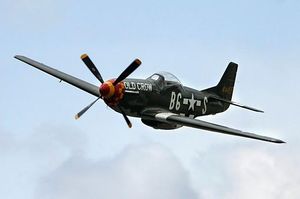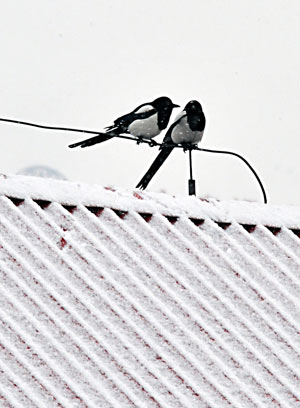Coincidence
Coincidence is when the located object is in contact with the reference object.
Some of the prepositions that indicate coincidence in Norwegian are 'på', 'inntil' and 'mot'. 'På' also indicates a relationship of superiority of the located object to the reference object, something that happens in many languages. If something indicates superiority, it will often also indicate coincidence. This has to do with the way gravity works. Things which are not supported from below happen to fall to the ground. Both 'inntil' and 'mot' indicate a relationship of laterality. The usage of 'mot' also has limitations concerning the size of the reference object compared to the located object; the reference object has to be as least as large or larger as the Figure."Oppå" is a Norwegian preposition denoting coincidence and superiority as well. "Katten ligger oppå teppet", which means "the cat lies on the carpet". Here the located object is "katten" and the reference object is "teppet". The relation between them is that of coincidence, and we have a physical location. There is contact between the objects.
"På" is another preposition in Norwegian signaling coincidence. "To fugler sitter på taket", meaning "two birds are sitting on the roof". Here we have a physical location, and the located object is "to fugler" and the reference object is "taket". "Et bilde henger på veggen", which means "a picture hangs on the wall". Here the located object is "et bilde" an the reference object is "veggen". The objects are in contact and there is a physical location. "Klærne henger på tørkesnoren", meaning "the clothes hang on the clothesline", signals coincidence between a located object and the referential object. Here the reference object is one-dimensional, a linear object.The reference object can also be three-dimensional, but the reference object is still two-dimensional, since the located object here is located on the surface of the object. "Gutten plasserte et klistremerke på ballen", means "the boy put a sticker onto the ball", this sentence signals coincidence. We have a movement of the located object, the sticker, and we have motion, and a physical location. The reference object is the ball. Here the located object is in contact with the surface of the reference object.
"På" can also be used abstractly for an object located in a concept. "Jenta tenker på ferieturen", which means "the girl is thinking of the holiday trip". Here we have a located object, the process of thinking. "På" expresses here what is on the girl`s mind.
"Mot" is another preposition denoting coincidence. An example is "Jenta lener seg mot veggen", "the girl leans against the wall". Here the located object is "jenta" and the reference object is "veggen". The located object here is coinciding with the reference object.
Back to Motion and Space


